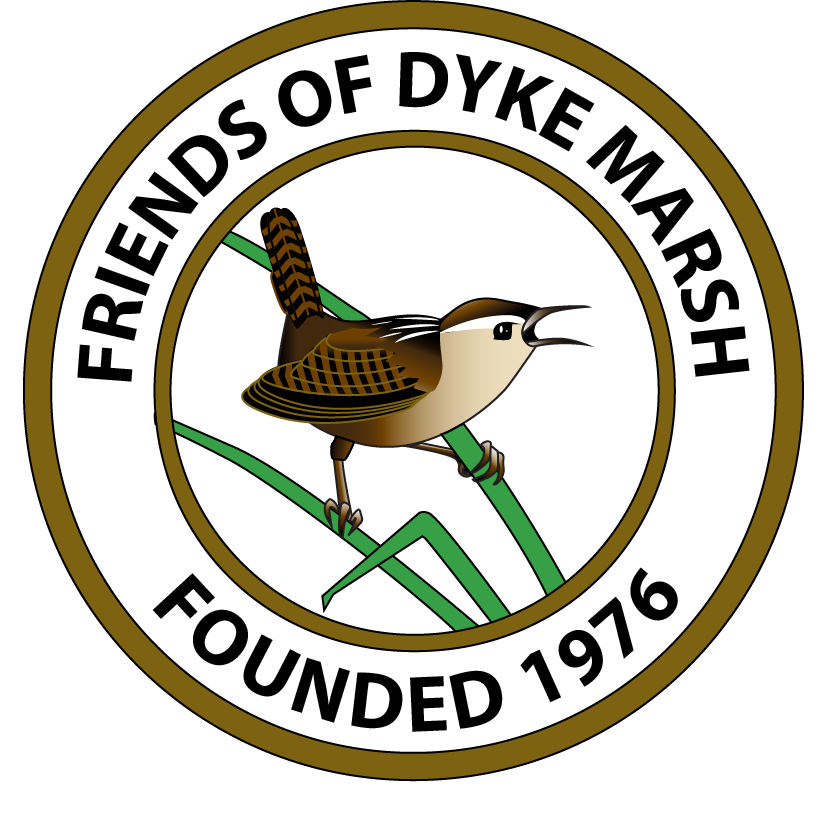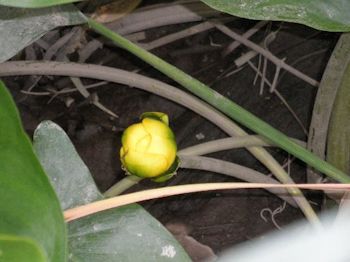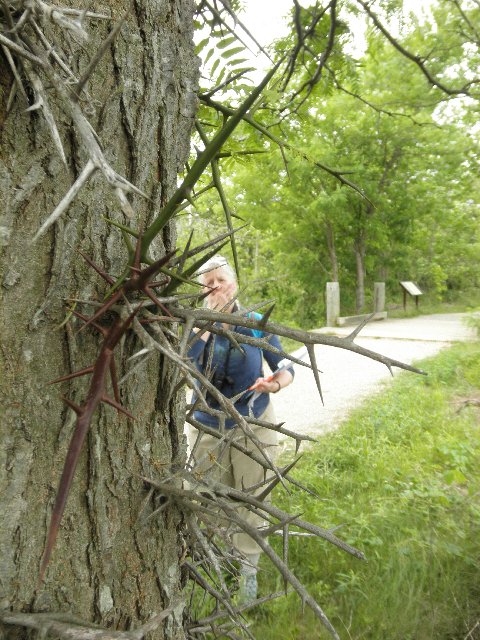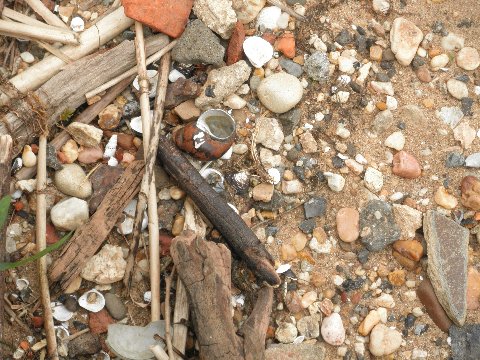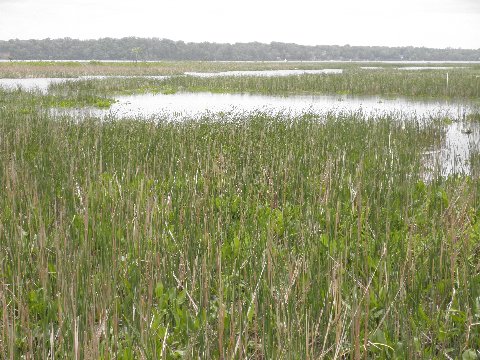On May 20, 2017, a class led by Joel Cohen, Audubon Naturalist Society, visited the Dyke Marsh Wildlife Preserve to study biodiversity. A common wetland plant in the marsh, spatterdock (Nuphar polyspala), was in bloom, sporting its bright yellow, golf-ball-like flower.
This plant’s broad leaves float on and reach above the water. The group studied the imposing thorns of the honeylocust (Gleditsia triacanthos). In the photo, the new green thorns are coming in and more mature ones turning deep red. The even older ones are gray. Students also studied shells along the shoreline, including the dark brown shell of the non-native, mystery snail (Bellamya chinensis and Bellamya japonica), imported from Asia over 100 years ago. This year’s young narrow-leafed cattails (Typha angustifolia) are emerging in the wetland. This cattail species is more common to salty water.
Photos contributed by Glenda Booth
|
|
|
|
